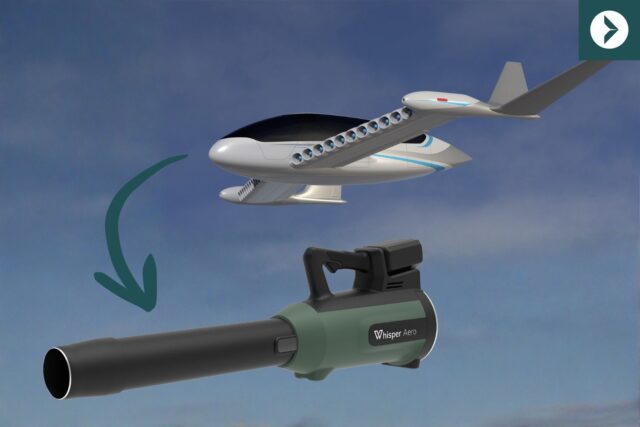New anechoic ‘silent hangar’ for Boscombe Down
August 22, 2024

UK Defence Equipment and Support (DE&S) has placed a £20m contract with QinetiQ for the provision of a new specialist anechoic chamber at MoD Boscombe Down. The new radio frequency, anti-jamming test facility, is colloquially known as a ‘silent hangar’. The facility, which is set to open in 2026, will be optimised for testing the resilience of the UK’s military platforms to GPS jamming, helping to ensure that UK assets will be able to perform in even the harshest electromagnetic environments on operations.
The facility will be large enough to test the F-35B, the Protector UAV or a Chinook helicopter. These types provide unique dimensional challenges, since the F-35B is 15.7 metres long, the Protector has a wingspan of 24 m, while the Chinook is 5.68 m high. Richard Bloomfield, Head of Electronic Warfare (CBRN) Space at Defence Equipment & Support, said that: “Not only will this be one of the largest such chambers in Europe, but it will also be one of the most up to date and high-tech in the world, where hostile environments can be safely recreated to put military equipment, such as fighter jets and drones, through testing to understand their performance in challenging environments representing the many external threats that may be faced.”
And these threats are intensifying. Will Blamey, QinetiQ’s Chief Executive, UK Defence, said that: “On an increasingly digital battlefield, the debilitating effects of electronic warfare are a persistent threat.” Referencing recent operations in Ukraine, Maria Eagle, the Minister for Defence Procurement and Industry, said that: “Hostile threats jamming GPS to disorientate military equipment has become increasingly common. This cutting-edge test facility will help us eliminate vulnerabilities from our platforms, protect our national security and keep our Armed Forces better protected on global deployments.”
The specialist hangar will reduce reflections, and echoes and will prevent the escape of radio-frequency waves, with clear security benefits, but also preventing testing from affecting other users, such as the emergency services and air traffic control. GPS simulators and threat emulators inside the chamber will allow a number of hostile environments to be created in order to test how well equipment can withstand jamming, and other threats.T he facility will offer a range of opportunities beyond defence, to wider government, industry and to critical national infrastructure.
















